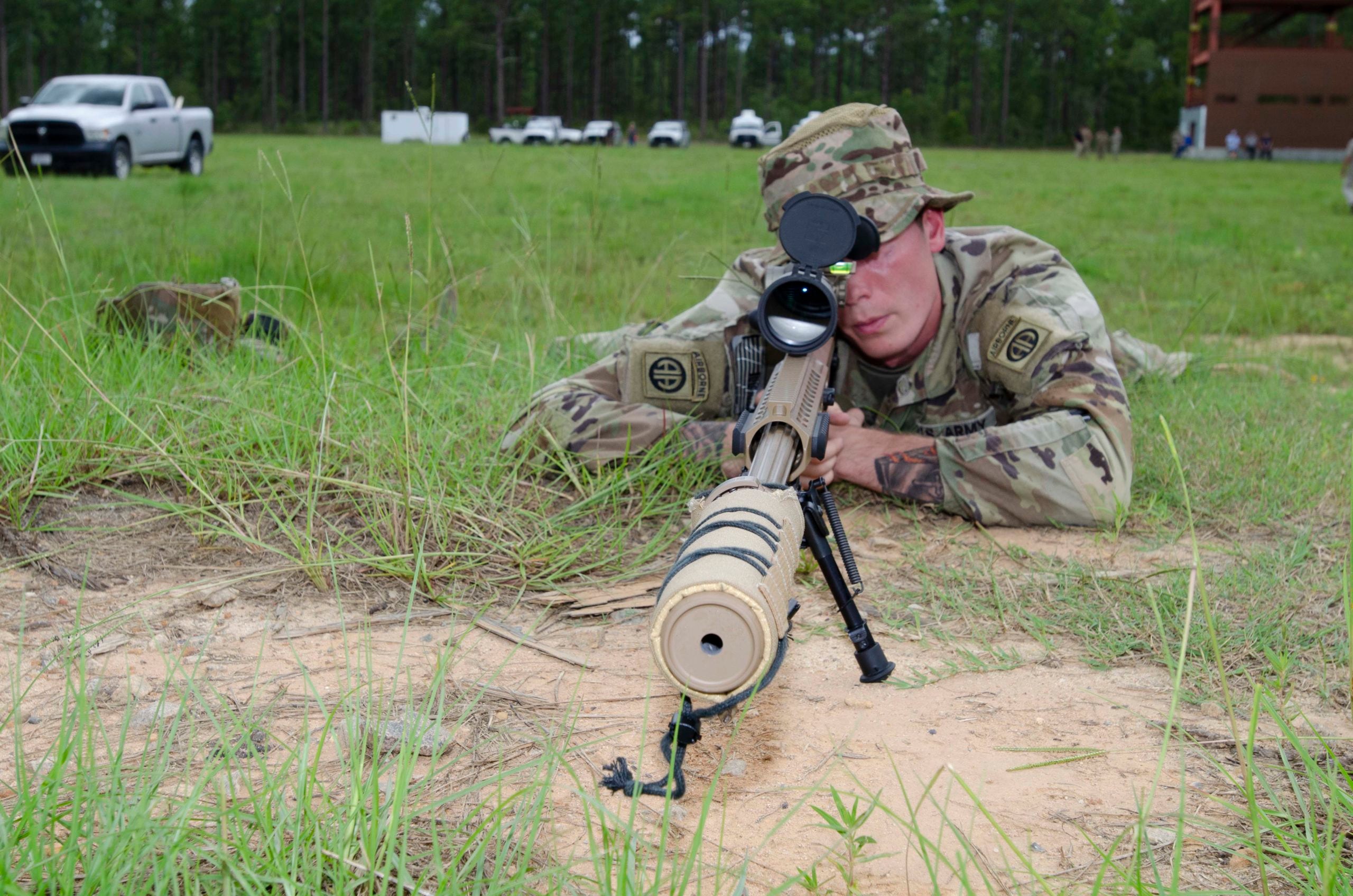A folding stock, removable suppression system, three caliber options and that sweet, sweet smell of spent rounds — special operators and 82nd Airborne Division paratroopers are testing the Army’s newest sniper rifle.
Troops recently tested the Modular Precision Sniper Rifle, or MK-22, at Fort Bragg, North Carolina, according to an Army release.
It also replaces all bolt-action sniper rifles for the Marines.
The MK-22 replaces the Army’s existing M107 sniper rifle and the M2010 Enhanced Sniper Rifle. Army Times first reported on U.S. Special Operations Command’s decision to go with the weapon in 2019.
RELATED
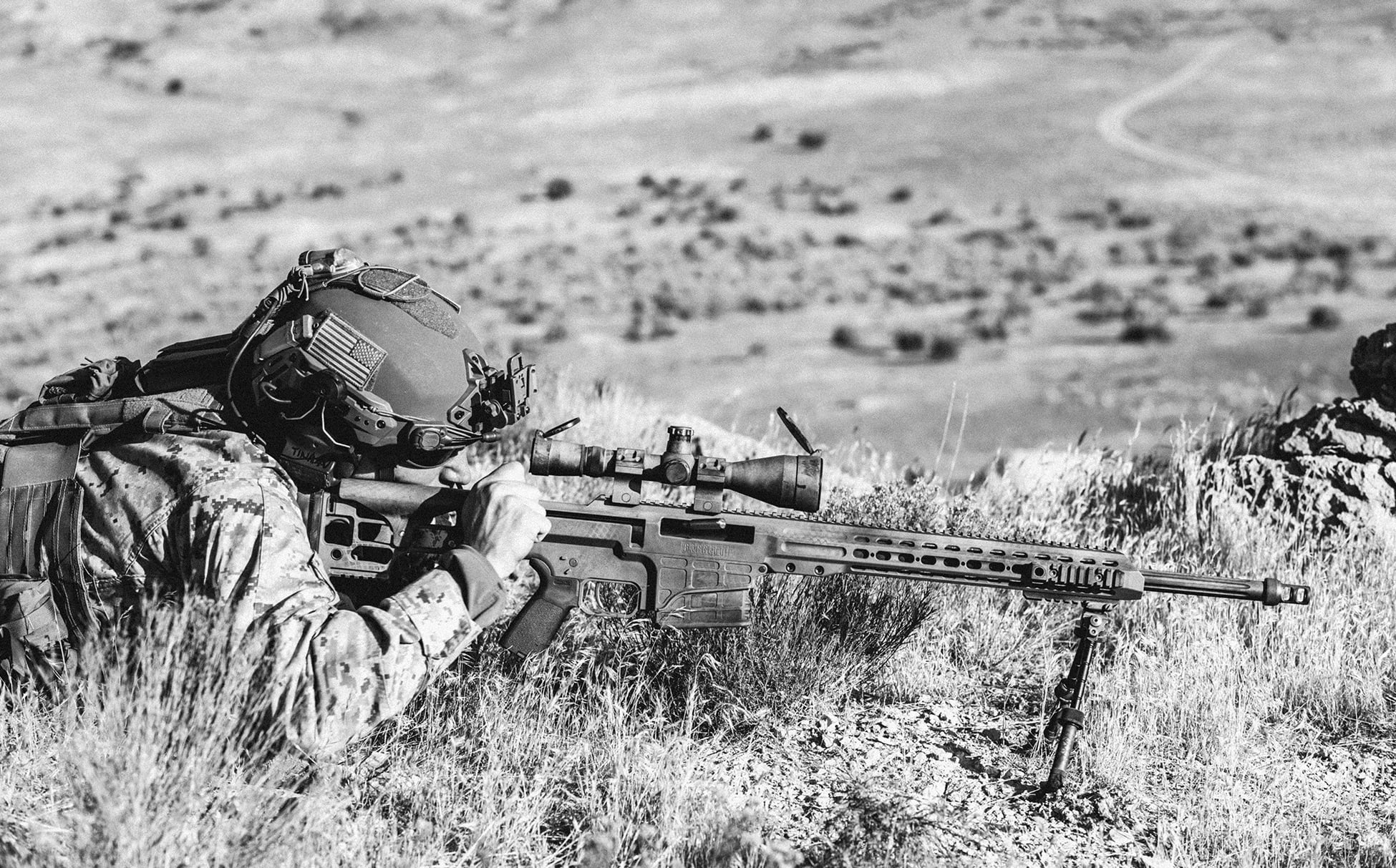
Army and Marine snipers followed suit. The recent tests are the “final hurdle” before fielding, the Army release stated.
The rifle can be changed out to fire the standard 7.62mm or .300 Norma Magnum and .338 Norma Magnum.
“The modular nature of the PSR allows it to be tailored to meet mission requirements and is appealing to airborne Snipers who are typically armed with long-barreled precision rifles of a single caliber offering,” Sgt. 1st Class Marcus Love said in the release.
Love works as a test NCO with the Airborne and Special Operations Test Directorate under the Army’s Operational Test Command.
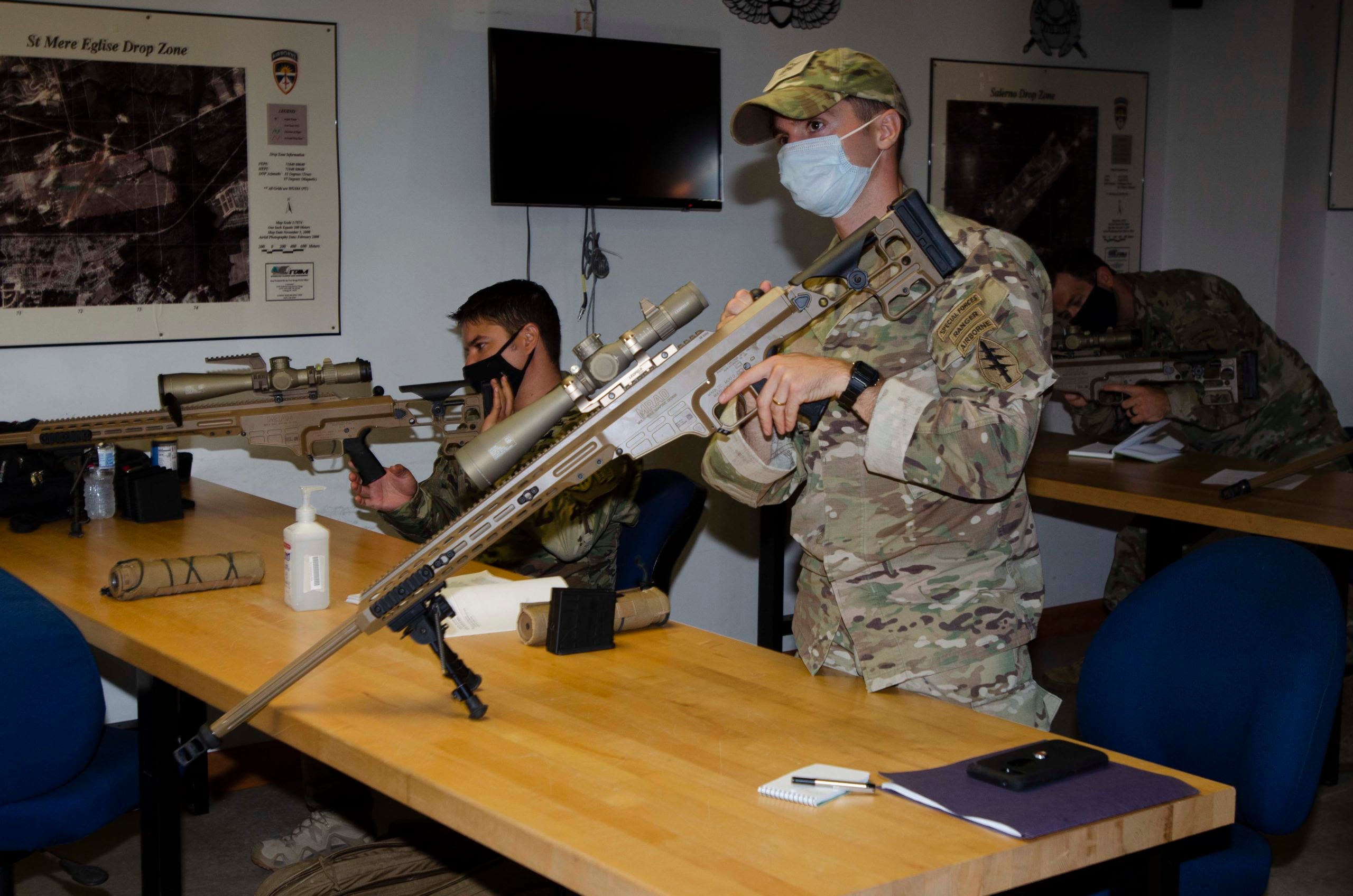
“With a folding stock and removable suppression system, the PSR will provide airborne Snipers a more compact load during airborne infiltration operations without reducing their lethality while providing a precision rifle platform more conducive to their combat environment,” said MK-22 project NCO Sgt. 1st Class Jonathan Copley.
The test team used the mobile weapons boresight collimator after an airborne jump to ensure that the weapon’s zero had not degraded.
That way a sniper can put rounds on target with the first trigger squeeze after hitting the ground from high above.
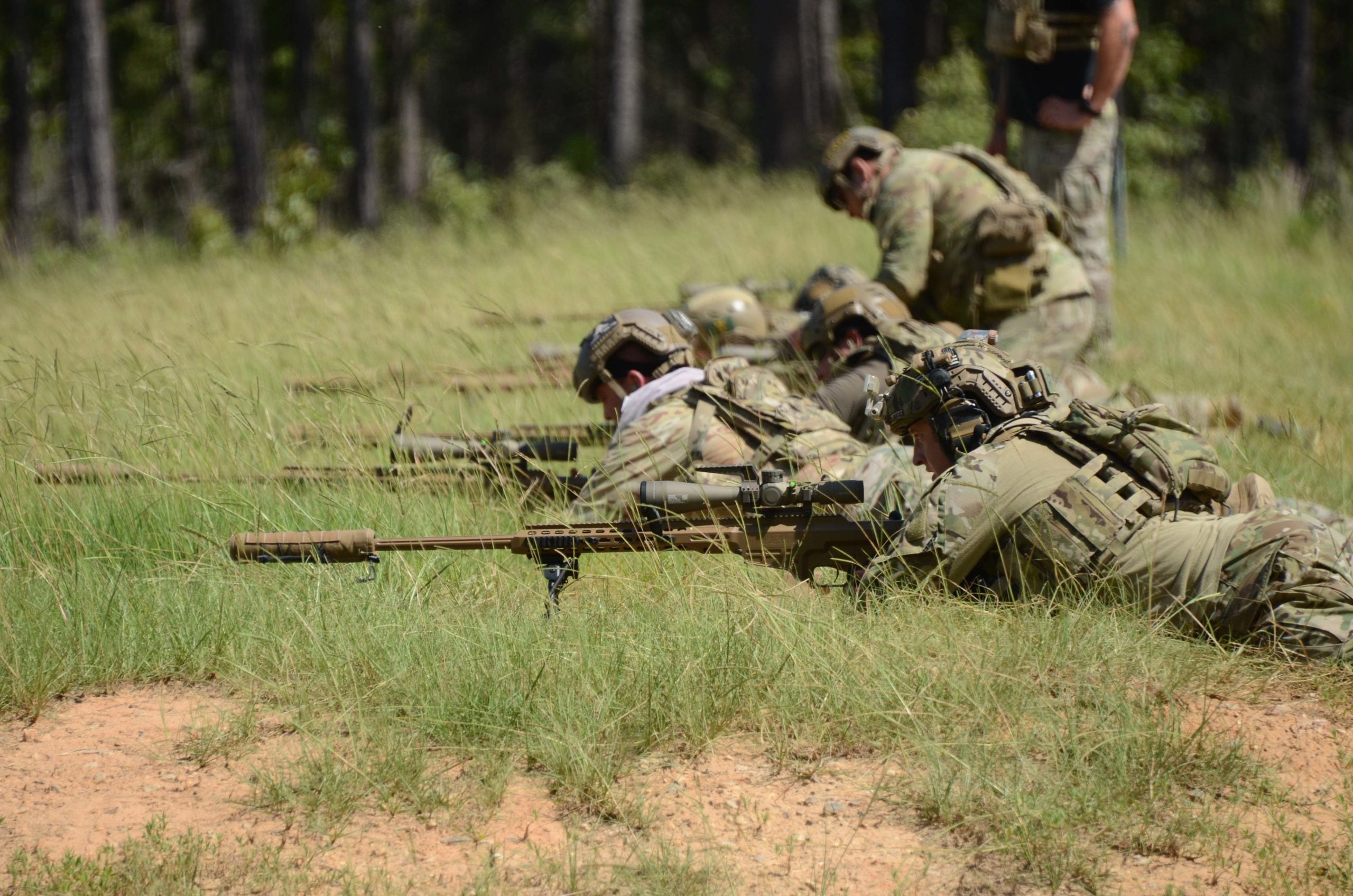
“The increased engagement range will keep Snipers safer and increase the options for the local commander employing these combat multipliers,” said Sgt. Austin Stevens, a sniper assigned to the 1st Battalion, 325th Airborne Infantry Regiment, 2nd Brigade Combat Team, 82nd Airborne Division.
The rifle is made by the Barrett Firearms Manufacturing company, which calls their weapon the Multi-Role Adaptive Design rifle, or MRAD.
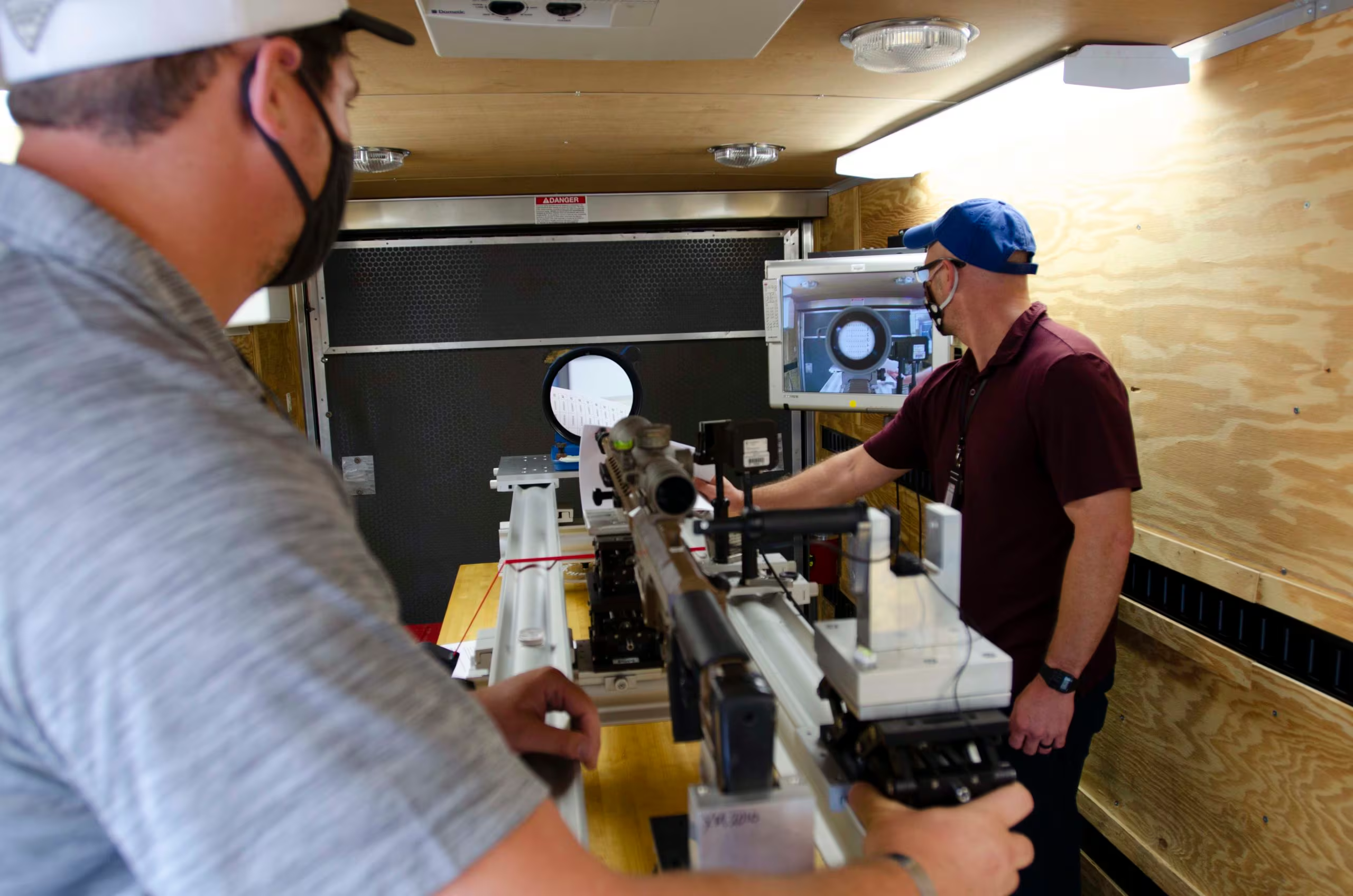
SOCOM has called the PSR the “Advanced Sniper Rifle” in the past.
The search for a new sniper rifle began in 2016 following a SOCOM request, Army Times previously reported.
Originally, the Army was going to buy 536 MRAD rifles.
New plans call for 2,800 rifles for the service over the next five years.
Todd South has written about crime, courts, government and the military for multiple publications since 2004 and was named a 2014 Pulitzer finalist for a co-written project on witness intimidation. Todd is a Marine veteran of the Iraq War.
